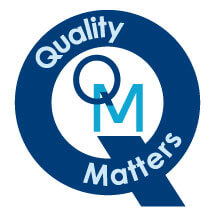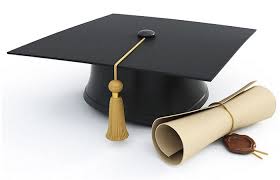- Home
-
For Academics
- In-depth Dissertation Proofreading & Editing Service
- Advanced Essay Proofreading Service
- Paraphrasing Services
- Journal Article Proofreading & Editing
- Text Reduction Service
- Proofreading Research Proposals
- Thesis & Dissertation Formatting
- Practical tips on dissertation writing
- Writing a thesis abstract
- Writing a thesis statement
- For Book Authors
-
For Businesses
- Business Proofreading Service
- Business Editing Service
- Business Substantive Copy-editing
- Legal Proofreading Services
- Proofreading Services for Freelance Journalists
- Copyediting & Proofreading Services for Professionals
- Proofreading Services for PR & Marketing Firms
- Proofreading & Editing for Translation Companies
- Proofreading Resources
- About us
- English language blog
Substantive Thesis Proofreading Services
In-depth Thesis Editing and Proofreading
Get your thesis proofread and edited substantively and thoroughly by human editors – no AI or tools involved. Excellent thesis proofreading delivered by experts. Submit your thesis now.
The UK's Most Rigorous Thesis Proofreading Service
The Substantive Thesis Proofreading Service is the most comprehensive thesis copy-editing and proofreading service we provide to Master's and PhD students in the UK, the US, China and other countries around the world.Our highly qualified academic editors will examine your thesis in detail to fix any language errors and improve your writing in terms of academic style, flow and clarity of meaning.
This service is widely popular among our clients, especially non-native speakers of English undertaking a master's or PhD study.
Do you have a question? Drop us a line or give us a call - we are here to help 24/7.
Five things we do in your thesis
Our specialist thesis editors will thoroughly examine your manuscript to:
1) Find and fix errors and mistakes in your grammar, punctuation, and spelling
2) Improve your academic word choice/terminology and sentence structure
3) Enhance clarity and coherence in your thesis or dissertation
4) Check your referencing style or system and bibliography (APA, Harvard, OSCOLA, Chicago, etc.)
5) Provide helpful editorial comments, questions and suggestions about anything that is unclear, contradictory or missing in your thesis
Expert editors & proofreaders
All of our PhD and Master's thesis academic editors and proofreaders are native English speaker professional linguists with Master's and PhD degrees. They have specific and specialist experience in proofreading and editing dissertations, essays, journals and other scientific and scholarly research papers. Many of our proofreaders and editors are published authors and former university professors, certified by prestigious proofreading and editing industry associations such as SFEP, AASFE, EFA, and ACES.
Affordable, trusted and high quality
Our in-depth thesis proofreading service is completely affordable and is trusted by thousands of academic students in the UK, the US, Germany, Saudi Arabia, China and other countries.
It is 100% confidential and secure.
We do not apply any extra charges or hidden fees and all our prices are final and inclusive of VAT. Request a quote now
We work to tight deadlines and provide express delivery service upon request. To find out more about exact turnaround times, read our FAQs or send us an email.
Testimonials
"I would certainly recommend this meticulous thesis proofreading services to anyone who would like to have their thesis completely scrutinised and improved in terms of everything...English, structure, ideas, organisation etc," Maison, a Master's degree student.
"The dissertation review service is wonderful, it has made my dissertation look much much better...I highly recommend for those keen on the best quality for their academic papers. Also, these guys offer an excellent paraphrasing service." Ali, a PhD student.
"I am a big fan of academic proofreading services UK providers, particularly this one which has been a great help to me in organising and presenting my ideas in the best shape. I am glad I chose the in-depth thesis proofreading service because it has significantly improved my long dissertation," Shenai, a Master's degree student.
"The substantive professional academic proofreading services are truly indispensable for academics like me, given the level of intervention from the editors of the Ultimate Proofreader. Although they do not announce it, they provide excellent Arabic translation services as well," Zina, a Master's degree student.
"This is the best master thesis proofreading and editing service I used in my academic years,"
Zaynab, a PhD student.
"I can only recommend the phd thesis proofreading provided by the Ultimate Proofreader," Alaa
"I asked my university mates about a good UK proofreading company for master thesis and they recommended me the Ultimate Proofreader. They provided excellent phd proofreading," Rana, a PhD student.







